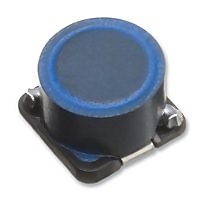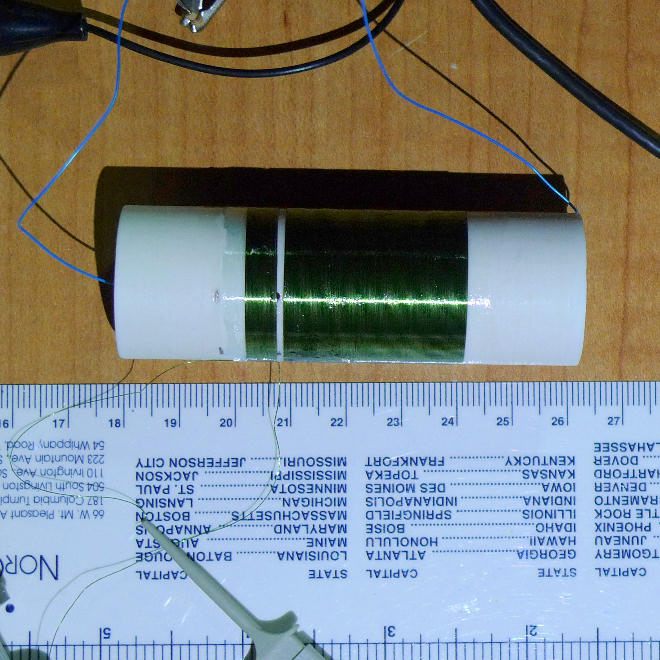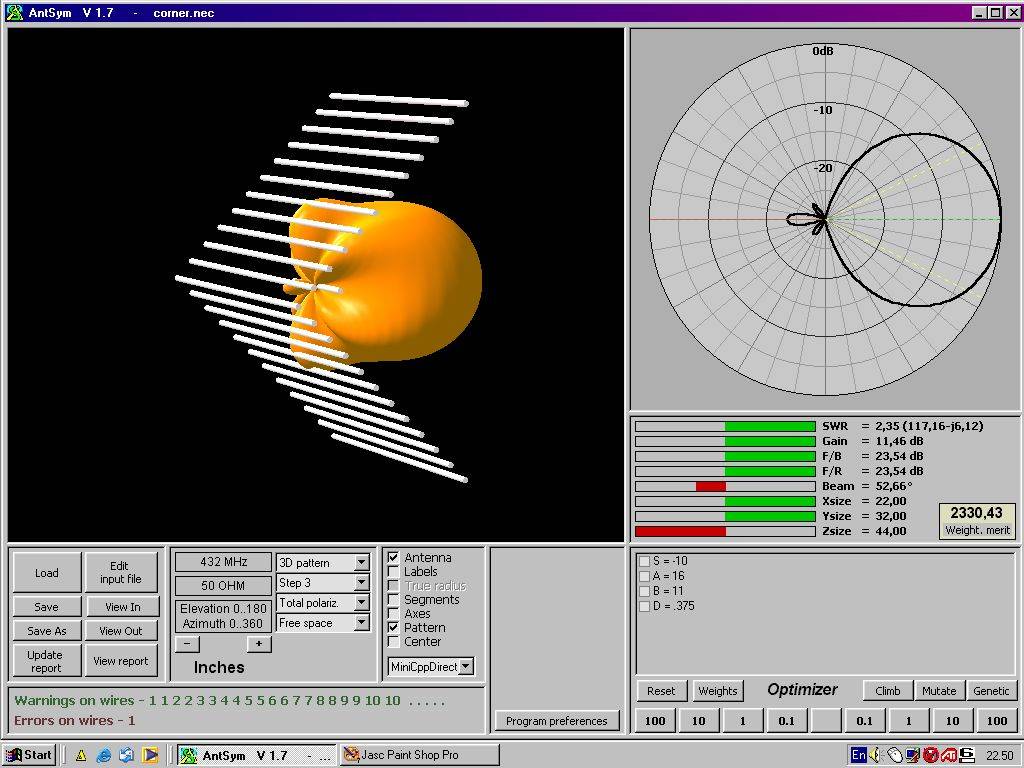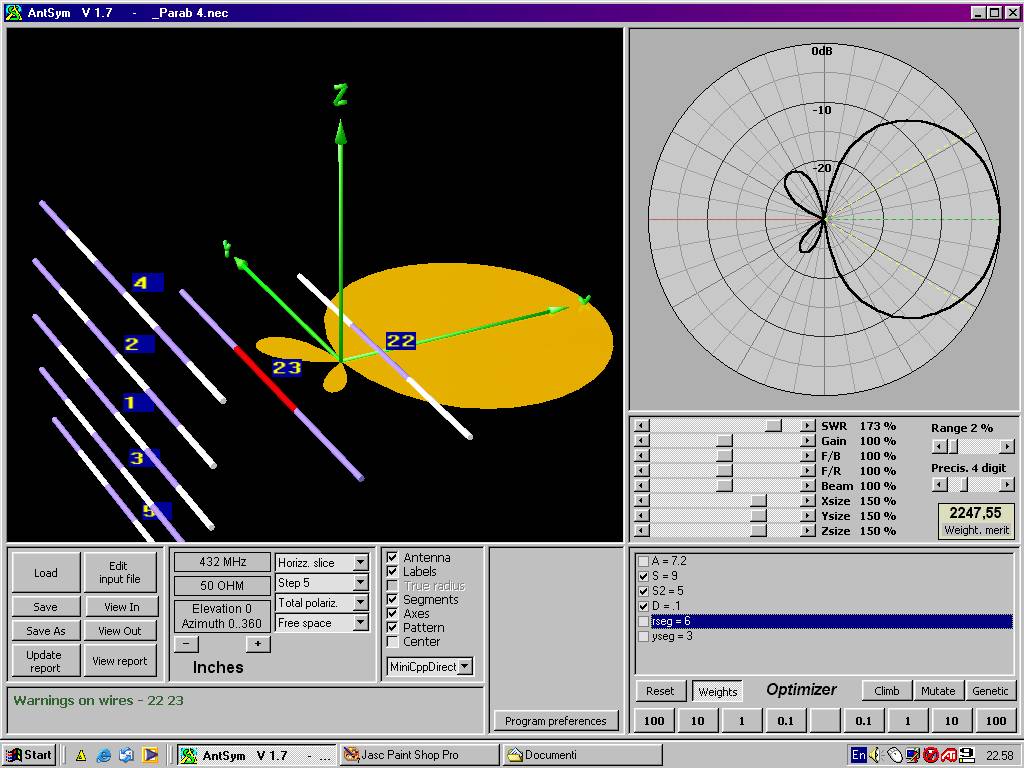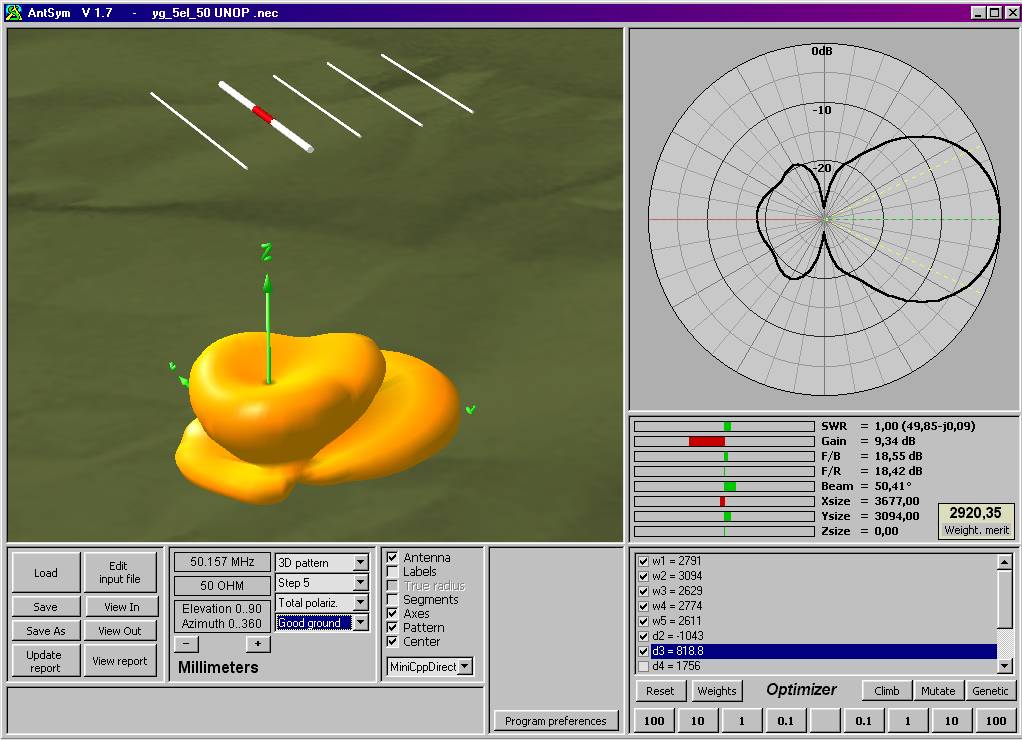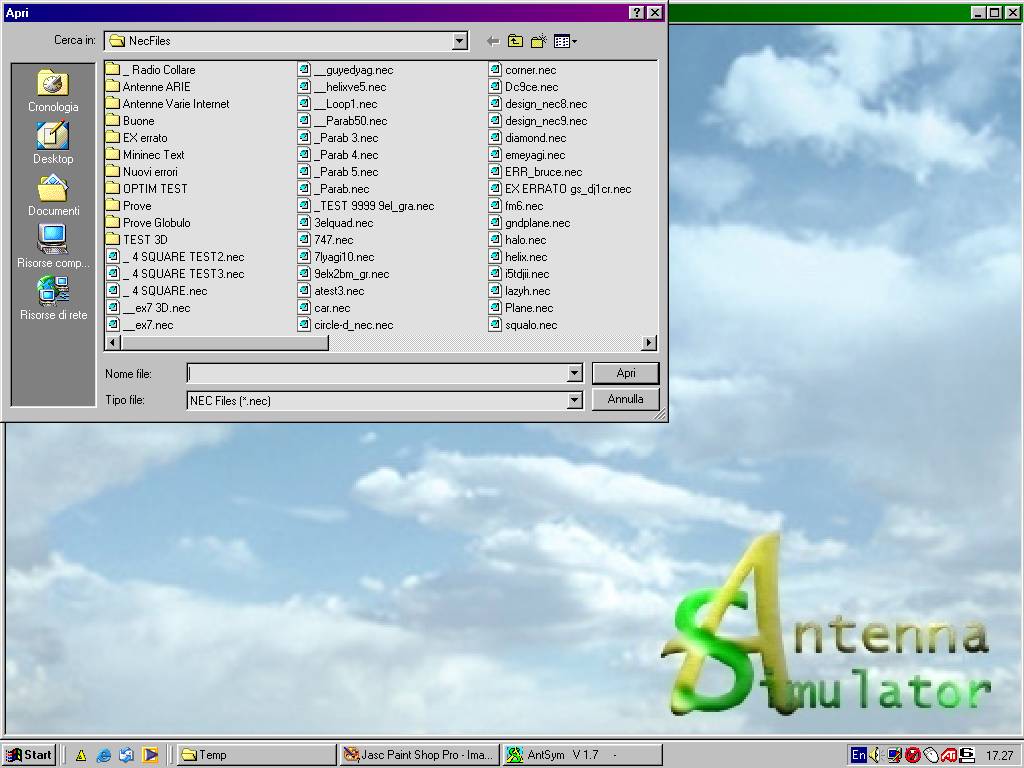"What you (and FredM) are forgetting to consider, is the strong magnetic field produced by the 40 mH coil. " livio
You may be right, livio ... I really dont know. There may well be a strong magnetic field from the inductors..
I never thought that a strong magnetic field from an inductor, and an independant eclectical field from a capacitor plate "antenna", combined to produce an electromagnetic field.. But hey, as I said before, EM is complex...
Perhaps im just too simple to grasp the simplicity of what you are proposing - that one can create EM fields simply by "mixing" magnetic fields and "electric" fields.. Hell, if id realised that before, I could have gone real far in radio! ;-)
Your comments about the charactaristics of electric fields are simply wrong - but hey, again perhaps I misunderstand.. You have personally tested how these fields are blocked by walls, who am I to argue? My expierience of working on a long range capacitive sensor that could search for lost royal treasure under deep wet sand was obviously a delusion, or perhaps the equipment was detecting the same energy that divining rods detect, and had nothing to do with electric fields.. The team looking for the treasure never found it, but they did find a lot of metal junk...
And at the time I was just a junior engineer anyway, I trusted the senior engineers at Avo who were managing the project, but they could have been telling me lies - for all I know they may have been using UFO technology and not electric fields... The 4 insulated sensor pads did look a bit like the landing gear on one of those Roswell craft, and were placed in similar orientation - Hmm... You got me thinking....
No more argument from me - I cannot learn anything from you because, in my opinion, you talk a complete load of nonsense about antennas and fields and EM and simulation and electronics in general, and have no interest in learning anything - your interest is in promoting the "superiority" of your capsensor - You make bogus claims about things like resolution and stability and radiated energy and all sorts of other stuff, but when these claims are PROVED to be untrue, you still continue making them!
Its all a real shame - you have some great ideas, some beautifully built boards, some extremely clever software, but you are throwing away all your credibility by talking rubbish about matters you dont understand - Talking rubbish is fine, its part of the learning process - its only by talking rubbish that people feel motivated enough to correct you! ;-) .. And its from these corrections that one learns the most - But talking rubbish and ignoring the corrections is utter folly, because you learn nothing and come across as an idiot... Oh, when corrected, one doesnt need to fall over and give up - you can challenge the correction and explore it deeper, and may even prove that you are right - thats all part of evereyones learning process.. But the mistake is to stick to your error because you have invested so much in it that you "cannot" give it up, to look for counter arguments that divert attention away.. Clinging to an error will prove more costly in the end than even writing off years of development that was based on error.
Real sorry.
Fred.
